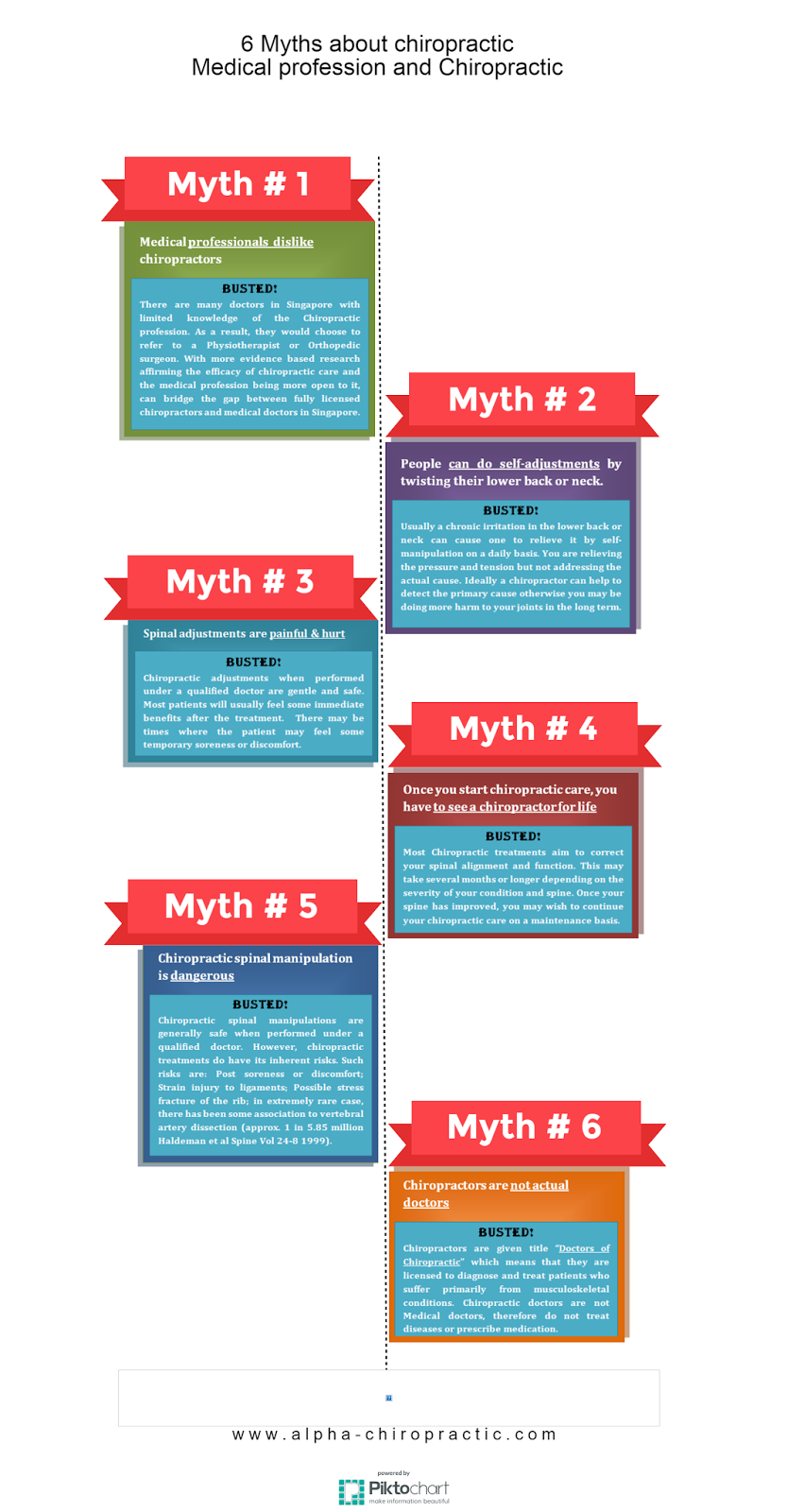The Connection In Between Position And Back Pain: Ways To Make Certain Correct Alignment All Day
The Connection In Between Position And Back Pain: Ways To Make Certain Correct Alignment All Day
Blog Article
Article Composed By-McKinley Rollins
Maintaining appropriate stance isn't nearly staying up directly; it's about straightening your body in a manner that supports your spinal column and minimizes the risk of pain in the back. The method you sit, stand, and move throughout the day can significantly affect your spinal health. Yet how specifically can you make sure good placement regularly, even throughout active days filled with different activities? Allow's dig deeper into the refined yet impactful adjustments you can make to your daily regimen to maintain your back satisfied and healthy and balanced.
Importance of Proper Pose
Proper posture is vital in preserving a healthy and balanced back and stopping discomfort. When you rest or stand with excellent position, your spinal column remains in placement, minimizing pressure on your muscular tissues, ligaments, and joints. This positioning enables the body to distribute weight evenly, avoiding too much stress on specific locations that can lead to pain and pain. By keeping your spinal column correctly lined up, you can also improve your breathing and food digestion, as slouching can compress body organs and limit their capability.
Moreover, keeping great stance can boost your overall look and self-esteem. When you stand tall with your shoulders back and head held high, you show self-confidence and appear more approachable. Excellent posture can also make you really feel a lot more invigorated and sharp, as it promotes appropriate blood circulation and permits your muscular tissues to function effectively.
Including proper posture right into your day-to-day routine, whether resting at a desk, walking, or exercising, is vital for avoiding back pain and promoting total well-being. Bear in mind, a little modification in how you hold yourself can make a significant difference in how you really feel and work throughout the day.
Common Postural Mistakes
When it involves keeping excellent pose, numerous people unconsciously make typical errors that can contribute to pain in the back and discomfort. Among the most common errors is slumping over or hunching over while sitting or standing. This setting places too much strain on the back and can lead to muscle discrepancies and pain over time.
Another usual error is overarching the lower back, which can squash the natural curve of the spinal column and create pain. Additionally, going across legs while sitting may feel comfortable, but it can create an inequality in the hips and hips, leading to postural concerns.
Using a cushion that's also soft or as well solid while sleeping can additionally influence your placement and contribute to back pain. Lastly, continuously craning your neck to consider displays or adjusting your setting often can strain the neck and shoulders. Being mindful of these typical postural blunders can aid you maintain far better alignment and lower the threat of neck and back pain.
Tips for Correcting Alignment
To improve your placement and decrease pain in the back, it's important to focus on making small adjustments throughout your day-to-day regimen. Beginning by being mindful of your pose. When sitting, guarantee your feet are level on the flooring, your back is straight, and your shoulders are unwinded. Stay clear of slouching or leaning to one side. Use https://spencergcwqk.blazingblog.com/30739931/examining-the-web-link-between-chiropractic-solutions-and-athletic-effectiveness or cushions to support your reduced back.
When standing, disperse your weight evenly on both feet, maintain your knees somewhat curved, and embed your hips. Involve your core muscles to support your back. Take breaks to extend and walk if you have a sedentary work. Incorporate exercises that strengthen your core and back muscle mass, such as planks or bridges.
While sleeping, utilize a pillow that supports the all-natural curve of your neck to keep appropriate spinal placement. Avoid sleeping on your stomach, as it can strain your neck and back. By bearing in mind these suggestions and making small changes, you can gradually remedy your alignment and alleviate pain in the back.
Conclusion
Bear in mind, preserving good pose is essential to avoid back pain and promoting spinal health and wellness. By bearing in mind your positioning, dispersing weight equally, and engaging your core muscular tissues, you can lower strain on your back and minimize the risk of pain and injury. Include relevant site , take regular breaks to stretch, and strengthen your core and back muscle mass to keep proper placement throughout the day. Your back will thank you for it!
